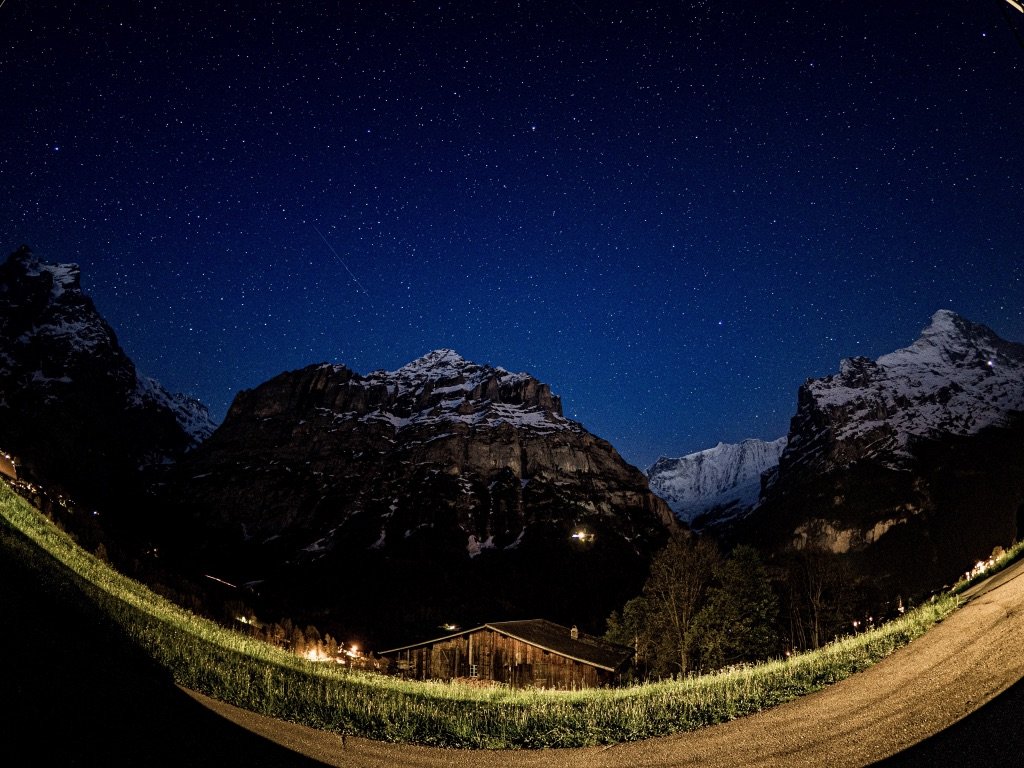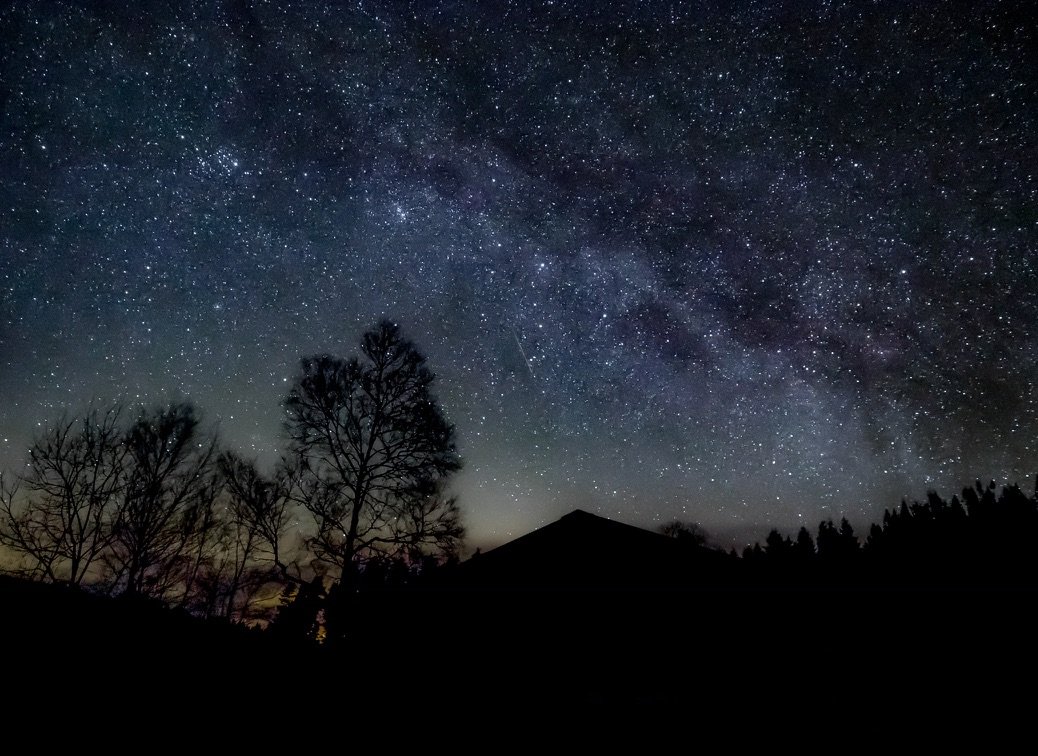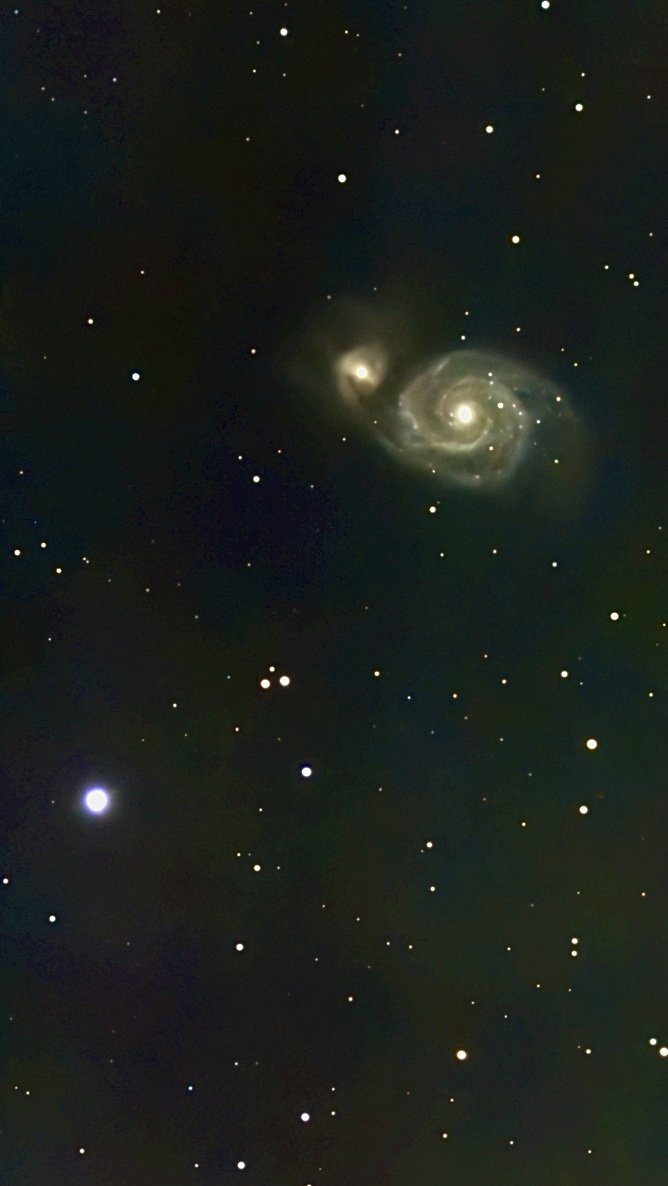A Journey to the Stars
I’ve always been drawn to the unknown. Those things that are just out of reach, impossible to fully grasp. I often find myself staring up at the night sky, completely in awe of how small we are in the grand scale of the universe. The sheer size and age of it all is mind-blowing.
When I first got into photography, I started binge-watching YouTube tutorials, especially those “how to” videos. I’d lose hours learning the basics—exposure, the exposure triangle, and how to get my camera settings just right. That’s when I stumbled across astrophotography, and it amazed me that you could capture incredible images of the universe with just a basic camera setup.
I learned that light from stars takes time to reach us. So when you stand outside on a dark night, the longer you look up, the more stars you begin to see. The same idea applies to photography. When you hold your camera’s shutter open, more light enters the lens, and suddenly you’re capturing parts of the universe that are invisible to the naked eye.
Of course, there’s a catch. Because Earth is constantly spinning, you can only keep the shutter open for so long before the stars begin to streak across the image, creating what are known as light trails. Some photographers take advantage of this effect and create spectacular images of star trails over several hours.
I’m simplifying things here, because if you really want to get into astrophotography, you need a solid understanding of the exposure triangle and techniques like the Rule of 500. And if you want to take more detailed images of the Milky Way or deep space, you’ll need something called an equatorial mount. This mount moves your camera at the same speed as the Earth’s rotation. You simply set your latitude (in Newcastle upon Tyne that’s around 55° North), and then you can take longer exposures without creating trails. It opens up a whole new world of wide field astrophotography.
After a year or so of capturing wide-field shots, I wanted to go deeper and try photographing more distant objects in space. That meant getting a telescope. About six years ago, I rushed out and bought one—without really knowing what I was doing. I quickly realised that astrophotography is a lot more complex than I first thought. You needed a telescope, a tracking scope, a dedicated imaging camera, and lots of other gear. On top of that, editing the images was a completely different challenge compared to something like a portrait or holiday photo.
I struggled. I tried to get it all working but just couldn’t get it right. Eventually, I started a photography degree and the telescope got packed away. Life moved on, and it sat in a cupboard gathering dust.
After I was made redundant and had more free time, I started looking into astrophotography again. It had always been something I wanted to do, but the steep learning curve was off-putting. As I started watching more videos, I noticed that things had moved on a lot in the past few years. New “smart scopes” had come out that were much easier to use and more affordable.
After doing some research, I bought a Seestar S50 Smart Scope. It came with everything I needed—a tripod, a built-in camera, and an app to control it all. You just download the app, connect the scope, and you’re ready to go. It works by locking onto a target in space and tracking it automatically. Once it’s found the object, it takes a series of 10-second exposures and stacks them together. You can actually see the image build up live on your phone screen.
Even with very little experience, I managed to capture what I thought were some fantastic images. Galaxies, nebulae, stars, and the moon. They might not be as detailed as the photos captured using high-end telescopes and editing software, but they’re more than enough for me. After all, this is just a hobby, and I’m happy with what I can achieve.
If you want to see some incredible astrophotography, I recommend checking out Trevor Jones and his YouTube channel, AstroBackyard. Or pick up a copy of Webb’s Universe, which is packed with stunning images.
In the meantime, I hope you enjoy the photos I’ve captured from my back garden in Denton Burn, Newcastle, and other places around the North East of England. The night sky has always fascinated me, and this blog is my way of sharing that fascination with others.





















